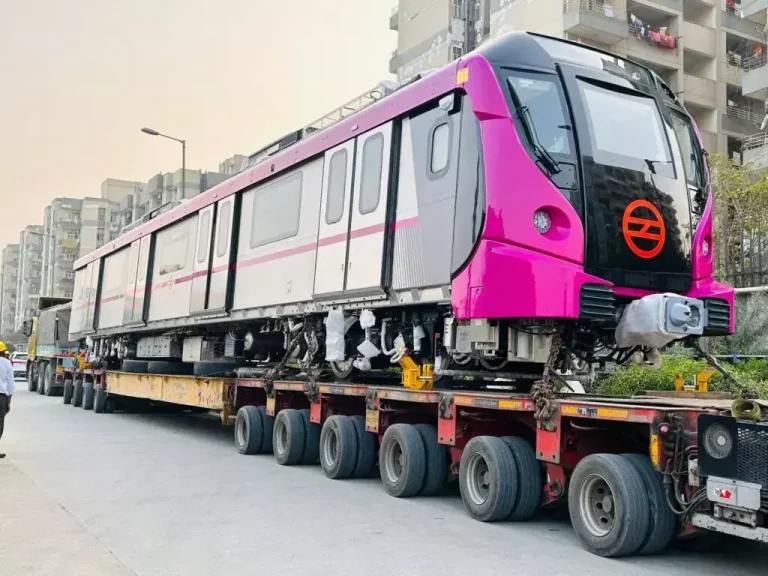
How IoT and RFID Are Revolutionising Retail
The retail industry has undergone significant changes in recent years, driven by the increasing adoption of technology and the growing demand for seamless customer experiences. Two technologies that are at the forefront of this revolution are Internet of Things (IoT) and Radio-Frequency Identification (RFID). Together, they are transforming the way retailers manage their inventory, interact with customers, and operate their businesses.
Smart Shelves: The Future of Inventory Management
Imagine walking into a store and seeing shelves that are always stocked with the products you need. No more searching for a specific item, only to find out it’s out of stock. No more frustration and wasted time. Smart shelves, enabled by IoT technology, can make this a reality.
Smart shelves are equipped with sensors that track inventory levels and send alerts to store staff when products are running low. This allows retailers to restock shelves more efficiently, reducing the risk of stockouts and overstocking. Moreover, smart shelves can be integrated with online channels, enabling retailers to update their e-commerce inventory in real-time.
For instance, a clothing retailer can use smart shelves to track inventory levels of a particular style or size of clothing. When the sensor detects that the shelf is running low, it sends a notification to the store manager, who can then order more stock from the warehouse. This process can be automated, eliminating the need for manual inventory checks and reducing the risk of human error.
RFID: The Game-Changer for Inventory Tracking
Radio-Frequency Identification (RFID) technology has been around for several years, but its adoption has been slow due to concerns over cost and complexity. However, with advancements in technology and decreasing costs, RFID is becoming a game-changer for retailers.
RFID tags can be attached to products, allowing them to be tracked from the warehouse to the checkout counter. This provides real-time visibility into inventory levels, enabling retailers to monitor stock movement and make informed decisions about inventory management.
RFID technology can also reduce shrinkage and improve supply chain visibility. For instance, a retailer can use RFID tags to track products throughout the supply chain, ensuring that they are delivered to the right location at the right time. This reduces the risk of theft and loss, and enables retailers to respond quickly to changes in demand.
The Benefits of IoT and RFID in Retail
So, what are the benefits of IoT and RFID in retail? Here are a few:
- Improved Inventory Management: IoT and RFID enable retailers to track inventory levels in real-time, reducing the risk of stockouts and overstocking.
- Increased Efficiency: By automating inventory management and tracking, retailers can reduce the time and effort required to manage their inventory.
- Better Customer Experience: With IoT and RFID, retailers can ensure that customers always find the products they need, reducing frustration and improving satisfaction.
- Reduced Shrinkage: RFID technology can help reduce shrinkage by tracking products throughout the supply chain and enabling retailers to respond quickly to changes in demand.
- Data-Driven Decision Making: IoT and RFID provide retailers with valuable insights into customer behavior and inventory movement, enabling them to make informed decisions about product offerings, pricing, and marketing.
The Future of Retail: Smart Stores and Connected Shoppers
The adoption of IoT and RFID in retail is just the beginning. As technology continues to evolve, we can expect to see even more innovative solutions emerge.
Imagine a future where stores are fully connected, with sensors and cameras monitoring every aspect of the shopping experience. Imagine a future where customers can order products online and pick them up in-store, without having to wait for delivery.
This is the future of retail, and it’s coming sooner than you think. Retailers who adopt IoT and RFID technology today will be well-positioned to thrive in this new era of retail.
Conclusion
The shop floor is getting a high-tech makeover, and IoT and RFID are leading the charge. By automating inventory management, tracking products, and providing real-time insights, these technologies are revolutionizing the way retailers operate their businesses.
As the retail landscape continues to evolve, it’s clear that IoT and RFID will play a key role in shaping the future of retail. Retailers who adopt these technologies today will be better equipped to meet the changing needs of their customers, stay competitive, and drive growth.
Source






